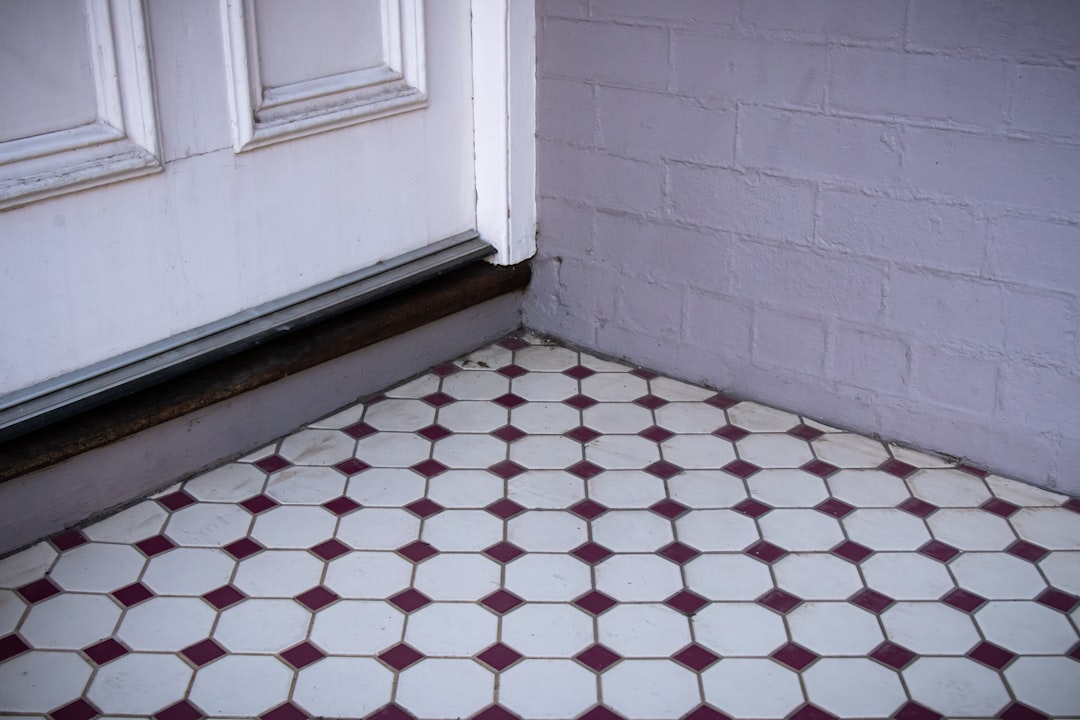The Real-World Cost to Install Ceramic Floor Tile
For construction professionals, understanding the true cost of installing ceramic floor tile is crucial for project planning and budgeting. As of 2025, the cost to install ceramic floor tile ranges from $650 to $1,200 per opening, depending on various factors such as material choice, labor, and site conditions. This guide breaks down these components to help you achieve accurate estimates and avoid costly overruns.
Breaking Down the Price Components
Material Selection
- Standard ceramic tile: $2 to $7 per square foot.
- Premium or large-format tiles: $10 to $15 per square foot.
Subfloor Preparation
- Removing old flooring, leveling compounds, and backer board installation: $1.50 to $4 per square foot.
Labor
- Professional installation: $5 to $10 per square foot in Los Angeles, influenced by layout complexity and site accessibility.
Finishing Touches
- Grout, edge trims, and sealers: $0.50 to $1.50 per square foot.
Average Project Scenarios
- 100-sq-ft bathroom floor with basic tiles: $850 to $1,300 total.
- 250-sq-ft kitchen with large-format tiles: $3,100 to $4,500 total.
- 1,000-sq-ft whole-house retrofit: $13,000 to $18,000 total.
Why Costs Vary So Widely
Tile Size & Pattern
- Smaller mosaic tiles increase labor hours due to more cuts and grout work.
- Complex patterns like herringbone can raise installation time by 15-25%.
Site Accessibility
- Challenges like second-story condos without elevators increase labor for material transport.
Subfloor Condition
- Issues like uneven slabs require remediation, adding materials and time.
How CountBricks Eliminates Guesswork
Traditional estimating methods are often manual and error-prone. CountBricks offers a streamlined, AI-driven workflow:
- Real-time voice interface captures project details and builds an itemized task list.
- AI performs blueprint takeoffs, calculating square footage and waste factors.
- Access to regional material prices and labor rates, updated daily.
- Dynamic estimates allow for real-time adjustments to project variables.
Cost-Saving Strategies From CountBricks Pros
Optimize Tile Sizing
- Choose tiles that fit room dimensions to reduce waste and labor time.
Bundle Multiple Rooms
- Scheduling larger projects in one mobilization lowers per-foot labor costs.
Use Premixed Grout for Small Areas
- Eliminates on-site mixing time and minimizes waste.
Order 10% Overage—But Not More
- AI calculates optimal waste factor, saving on excess material.
From Estimate to Invoice: The CountBricks Workflow
- Generate accurate estimates at CountBricks.com.
- Share branded quote PDFs with clients, including signature capture.
- Convert accepted quotes to invoices with progress billing schedules.
- Track labor hours and material purchases against estimates in real time.
Case Study: Modern Spanish Revival Remodel
A Los Angeles contractor used CountBricks for a 600-square-foot project, achieving a final cost variance of less than 2% due to real-time cost tracking.
Ready to Calculate Your Tile Installation Cost?
With CountBricks, every variable in your tile installation project is visible and adjustable. Contact our specialists at CountBricks.com to start your next project with precision.
Advanced Insights: Maximizing Value on Your Tile Project
For construction professionals, maximizing value in tile projects involves balancing cost, performance, and longevity. CountBricks provides tools to optimize this balance effectively.
Five Pro Tips From CountBricks Estimators
- Compare ceramic versus porcelain tiles to find cost-effective options.
- Use pattern optimizers to reduce waste by 5-8%.
- Schedule deliveries through the platform to minimize downtime.
- Utilize task templates for consistent subfloor preparation.
- Activate automated change-order tracking to protect margins.
Case Spotlight: Hillside Bungalow Bathroom
A contractor faced challenges with a 75-square-foot tile installation. CountBricks' tools helped achieve a cost variance of just 1.3%.
Next Steps
Whether pricing a single room or an entire home, CountBricks offers AI precision and transparent numbers. Explore more at CountBricks.com.

